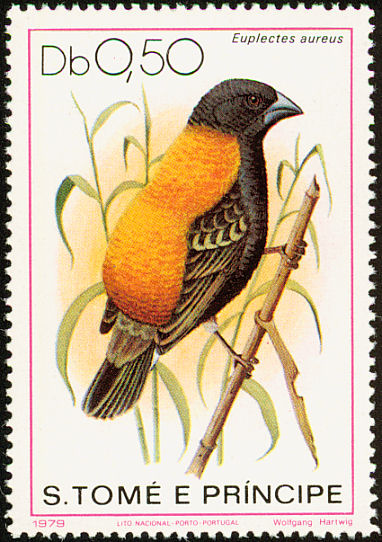|
| Query: passeriformes | Result: 1338th of 1418 | |
Golden-backed Bishop (Euplectes aureus) - Wiki
| Subject: | Golden-backed Bishop (Euplectes aureus) - Wiki
| |

| Resolution: 382x542
File Size: 75685 Bytes
Upload Date: 2007:11:21 15:27:55
|
|
|